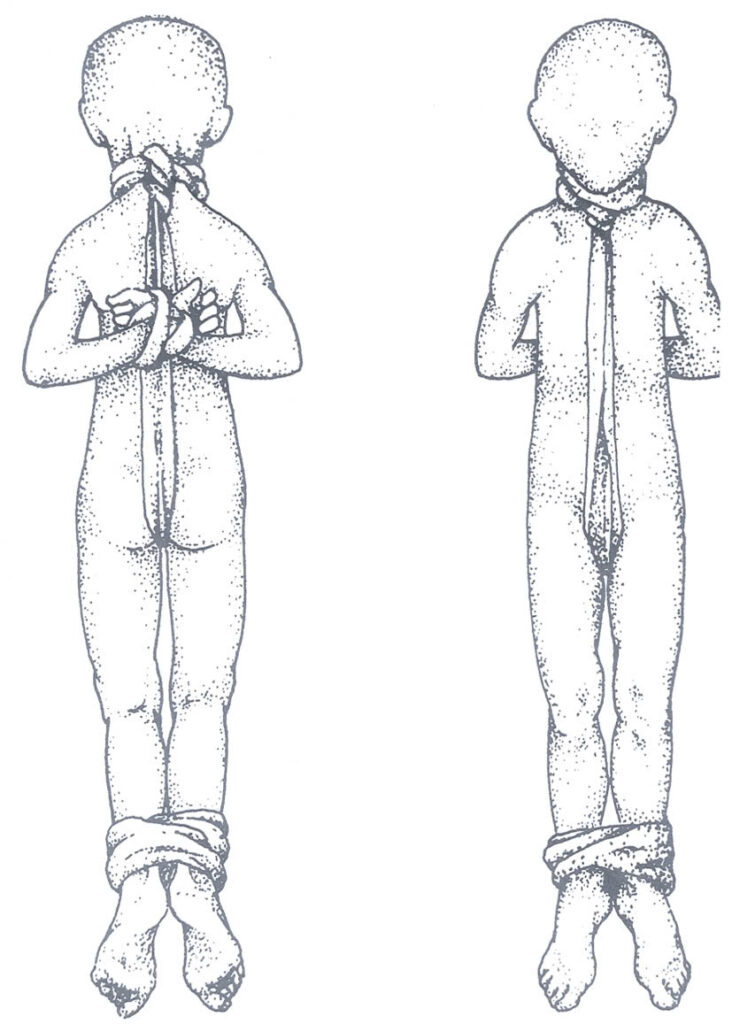In 1922, a haunting discovery in northern Germany’s peat bogs changed our understanding of Iron Age Europe forever. The remains of a young child, now known as the Kayhausen Boy, emerged from the bog, revealing signs of violence that have baffled archaeologists for over a century. Dated to approximately 300-400 BCE, this seven-year-old’s remains raise key questions about Iron Age society’s practices.
The Discovery: A Grim Tale of Violence
The Kayhausen Boy’s remains were preserved by the bog’s unique conditions, which allowed scientists to examine them in detail. His arms and feet were bound with cloth, suggesting that his death was not accidental. Forensic analysis revealed multiple stab wounds—three fatal injuries to his neck, along with a defensive wound on his arm. The defensive wound implies that the child struggled against his attacker, offering a chilling insight into the violence he faced.

Ritual Sacrifice or Punishment?
Ritual Sacrifice: A Possible Explanation
Some scholars argue that the boy’s death may have been a ritual sacrifice. In the Iron Age, bogs were believed to be sacred spaces—bridging the human world and the realm of the gods. The careful binding of the boy’s limbs and the fatal neck wounds suggest a ritualistic offering, perhaps in response to famine, drought, or conflict. Human sacrifices were often made in an attempt to appease deities and ensure the community’s survival.

Social Punishment or Crime?
Alternatively, other experts propose that the boy’s death was not a ritual, but an act of violence or punishment. The defensive wound on his arm suggests he fought back, which challenges the idea of a willing sacrifice. It’s possible that the boy’s death was a form of social punishment or an attempt to conceal a crime. The bog’s remote location could have been used to hide the body, but the preservation of the remains ultimately exposed the violent end.

Legacy and Ongoing Mystery
The Kayhausen Boy’s remains offer a unique glimpse into the past, revealing the complexity of human violence and cultural practices. Whether a victim of ritual sacrifice or a tragic crime, his death continues to provoke questions about the lives of people in the Iron Age. As archaeological techniques advance, we may uncover more details about his life and the society that shaped his fate.

What Do You Think?
Was the Kayhausen Boy’s death a sacrificial offering or the result of social violence? Share your thoughts and join the conversation on this ancient mystery.

